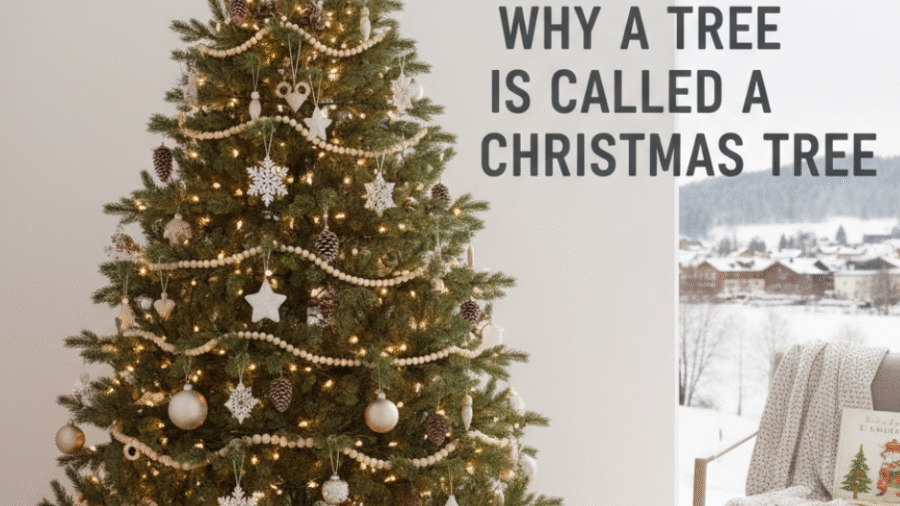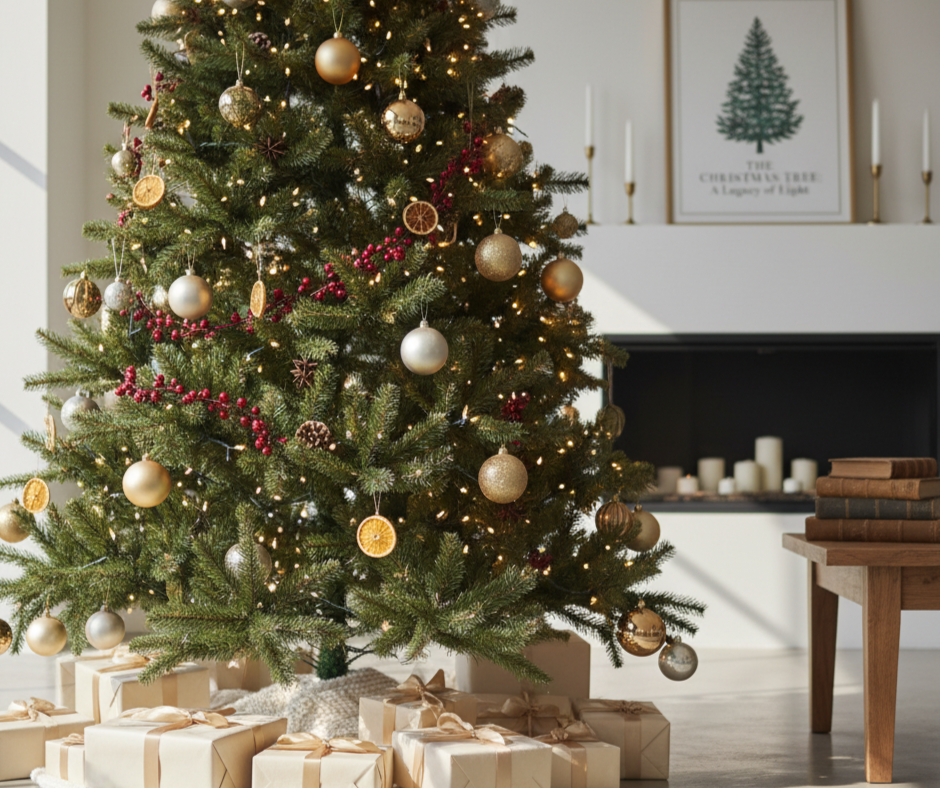The Christmas tree is the iconic symbol of the holiday season, adore by millions around the world for its evergreen beauty and festive decorations. But what exactly is a Christmas tree? Which species of trees are traditionally call Christmas trees? And why are these specific trees chosen for such a belove custom? This article explores everything about the Christmas tree—its species, historical origins, cultural significance, and why certain trees have become the classic choice for this holiday tradition.
Defining the Christmas Tree
A Christmas tree is generally an evergreen conifer tree that is decorate and display during the Christmas season. In most traditions, it is an actual living tree that is either cut or potted, but artificial trees designed to resemble real ones are also widely use today. The most common species used are spruce, fir, and pine trees—each prize for their lush green foliage, attractive shapes, and needle retention qualities.
The use of the Christmas tree as part of holiday celebrations start in Central Europe, particularly in Germany and the region historically known as Livonia (today part of Estonia and Latvia). Over time, this custom spread to other countries and continents, becoming an essential cultural symbol imbue with joy and festivity.
Common Species Called Christmas Trees
Norway Spruce (Picea abies)
The original and one of the most traditional Christmas trees is the Norway Spruce. It is native to Europe and was the preferr tree for early Christmas celebrations dating back to medieval times. This large evergreen is fast-growing with a classic triangular shape and lush green needles.
Douglas Fir (Pseudotsuga menziesii)
A hugely popular species in North America, the Douglas Fir is known for its good needle retention and soft, pleasant aroma. It’s often considered the “Cadillac” of Christmas trees in the U.S. for its full, bushy shape.
Fraser Fir (Abies fraseri)
Known as one of the most valuable Christmas tree species, the Fraser Fir is native to the Appalachian Mountains. This fir is admire for its strong branches that hold heavy ornaments well and its excellent needle retention.
Balsam Fir (Abies balsamea)
Another popular fir species in North America, the Balsam Fir is noted for its dark green needles and festive scent.
Scots Pine (Pinus sylvestris)
In many parts of Europe and North America, the Scots Pine is favor for its sturdy branches and moderate needle retention.
Norfolk Island Pine (Araucaria heterophylla)
In regions where traditional conifers are not native, like parts of Oceania and Australia, the Norfolk Island Pine—also known as the “Star Pine” or “Triangle Tree”—often stands in as a Christmas tree due to its symmetrical, triangular form.
Other Varieties
Other less common species include Blue Spruce, White Spruce, Virginia Pine, and hybrid species grown specifically for better resilience as Christmas trees.
Why These Trees?
The main qualities that make these trees ideal as Christmas trees include:
-
Evergreen foliage: These types of trees retain their lush green needles throughout winter, symbolizing hope and everlasting life.
-
Shape: The natural conical or triangular form of these trees resembles a “paradise tree” and makes them easy to decorate.
-
Needle retention: Species like Fraser Fir and Nordmann Fir are known for holding onto their needles longer, reducing mess.
-
Strong branches: They can support various ornaments, lights, and decorations sturdily.
-
Fragrance: Many Christmas trees offer a fresh pine or fir scent that enhances the festive atmosphere.
A Brief History of the Christmas Tree Tradition
The Christmas tree tradition began in medieval Germany, where a “paradise tree” was decorate during the feast day of Adam and Eve. These trees symbolized the Garden of Eden and were adorn with apples and wafers, which later evolve into modern Christmas decorations such as ornaments and tinsel.
Over time, candles were add to represent Christ as the “light of the world,” evolving into the use of electric Christmas lights today.
The tradition was carried to England in the early 19th century, popularize by Queen Victoria’s German-born husband Prince Albert. It was brought to North America by German settlers, where it quickly became a widespre holiday custom. Today, the Christmas tree is a universal symbol of the holiday season spanning continents and cultures.
Modern Alternatives: Artificial Christmas Trees
While natural trees remain popular, especially due to their scent and authentic look, artificial Christmas trees are a growing trend. First develop in 19th-century Germany, these trees are made from materials like PVC design to mimic the appearance of real evergreen trees. They offer benefits such as reusability, reduce environmental impact in terms of cutting live trees, and convenience.
Fun Fact: The “Cook Pine” or Indian Christmas Tree
In India, a tree call the Cook Pine (Araucaria columnaris) is often referr to as the “Christmas Tree.” Native to the South Pacific’s Cook Islands, this tree has a spire-like crown and a shape reminiscent of the traditional Christmas tree.
Read More: How to Do a Christmas Tree: A Step-by-Step Guide to Creating the Perfect Holiday Centerpiece
Conclusion
The tree called a Christmas tree is typically a coniferous evergreen—spruce, pine, or fir—that embodies the spirit of Christmas with its enduring green needles and iconic triangular shape.
Whether it is the Norway Spruce of medieval Europe, the Fraser Fir beloved in the Appalachian Mountains, or the Norfolk Island Pine of the South Pacific, these trees carry centuries of tradition, symbolism, and festivity.
Choosing the perfect Christmas tree depends on personal preference, regional availability, and desired qualities such as scent, needle retention, and branch strength.



Add a Comment